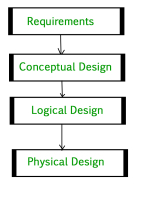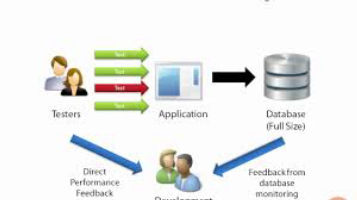-
01: Introduction
-
Introduction to databases
-
Select statements
- 01: Introduction
-
-
02: Conceptual Database Design
-
Conceptual database design
-
Aggregate queries
- 02: Conceptual Design
-
-
03: Logical Database Design
-
Logical database design
-
Join queries
- 03: Logical Design
-
-
04: Enhanced ER diagrams
-
Enhanced ER Modelling
-
Multi-table and Outer Joins
- 04: Enhanced ER Diagrams
-
-
05: Normalisation
-
Normalisation
-
Data Manipulation
- 05: Normalisation 1
-
-
06: Advanced Normalisation
-
Normalisation example
-
Normalisation beyond 3NF
-
Data Definition
- 06: Normalisation 2
-
-
07: Physical Database Design
-
Conceptual and Logical recap
-
Physical database design
-
Subqueries and views
- 07: Physical Database Design
-
-
08: Security, Indexes and Triggers
-
Database Security
-
Indexes, Triggers, User and Privileges
- 08: Security, Indexes and Triggers
-
-
9: Database Concurrency
-
Transaction Management
-
MySQL Backup and Recovery
- 09: Database Concurrency
-
-
10: Backup and Recovery
-
Backup and Recovery
-
Installing MongoDB
- 10: Backup and Recovery
-
-
11: NoSQL 1
-
NoSQL Databases
-
MongoDB - Create
-
MongoDB - Read
- 11: NoSQL 1
-
-
12: NoSQL 2
-
Document-oriented modelling
-
MongoDB - Update
-
MongoDB - Delete
- 12: NoSQL 2
-
07: Physical Database Design
Conceptual and Logical recap
Conceptual and Logical Database Design Recap

In this lecture we will review the work done over the past few weeks.
Physical database design
Physical Database Design for Relational Databases

In this lecture we describe a physical database design methodology for relational databases.
Monitoring and Tuning the Operational System

In this lecture we look at denormalisation, monitoring and tuning the operational system, and system efficiency.
Subqueries and views
SQL

In this lecture we will look at creating and manipulating Sub Queries and Views.
Lab-01 SQL 7

In this lab, we will look at Sub Queries and Views.